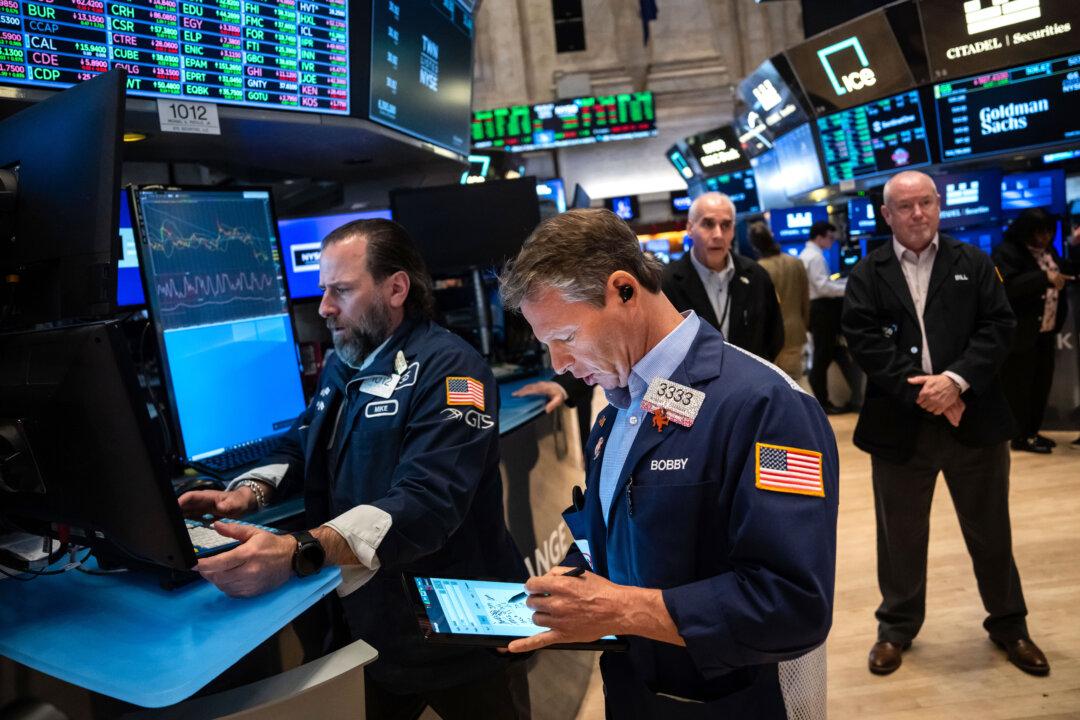President Donald Trump does not need the Federal Reserve to ease monetary policy to lower interest rates, and is focusing on 10-year Treasury yields instead, Treasury Secretary Scott Bessent said on Thursday.
“He and I are focused on the 10-year Treasury,” Bessent said, adding that Trump is not requesting the Fed to lower the benchmark federal funds rate.
The central bank influences yields on short-term debt securities. The financial markets control long-term yields like the benchmark 10-year Treasury bond, reflecting investors’ expectations of the broader economy. This determines other factors, including home mortgages, corporate loans, and the federal government’s borrowing costs.
“He [Trump] believes ... if we deregulate the economy, if we get this tax bill done, if we get energy down, then rates will take care of themselves, and the dollar will take care of itself,” Bessent said. “Now, I’ve seen, this year, despite the growth estimates going up, 10-year coming down because I believe the bond market is recognizing that energy prices will be lower and we can have non-inflationary growth.”
Since peaking at 4.8 percent a week before Inauguration Day, the 10-year Treasury yield has declined 36 basis points to 4.44 percent, the lowest in two months.
Crude oil prices have also trended lower. Oil prices reached $80 a barrel on Jan. 15 but have since tumbled about $9 to below $71 on the New York Mercantile Exchange.
If the Trump administration cuts spending, cuts the size of government, and increases efficiency in Washington, Bessent said the U.S. economy will “go into a good interest rate cycle.”
When the Fed launched its rate-cutting cycle in September and kicked off the easing campaign with a super-sized half-point cut, Treasury yields traveled in the other direction. Market analysts have presented various theories, whether fiscal policy concerns or optimism over the economy’s future.
Last week, meanwhile, the Fed left interest rates unchanged in its first policy meeting during President Trump’s second term. Citing upside inflation risks, officials voted to keep rates between 4.25 and 4.5 percent, which was widely telegraphed by the futures market.
Chair Jerome Powell told reporters at the post-meeting press conference that he will not take action until there is “real progress” on inflation.
“With our policy stance significantly less restrictive than it had been and the economy remaining strong, we do not need to be in a hurry to adjust our policy stance,” he said.
The president blasted the central bank after January’s Federal Open Market Committee meeting.

In a Jan. 23 virtual address to the World Economic Forum’s annual event in Davos, Switzerland, Trump urged everyone, including the Fed, to lower rates.
Fed Weighs Tariffs
Powell stated that tariffs can open up a wide range of possibilities for the U.S. economy.“The range of possibilities is very, very wide,” he said last month. “We don’t know for how long or how much, what countries. We don’t know about retaliation. We don’t know how it’s going to transmit through the economy to consumers. That really does remain to be seen.”
The central bank can examine history, read the literature, and study the data, Powell said.
“We assume that demand will remain constant despite the price changes and that consumers will not substitute to different products or similar products from different countries,” the Boston Fed researchers wrote. “We also assume that wages, non-tariff taxes and subsidies, and productivity will stay constant.”
While economists debate whether tariffs can ignite broader inflation threats, Chicago Fed President Austan Goolsbee does not want to ignore it.
“If we see inflation rising or progress stalling in 2025, the Fed will be in the difficult position of trying to figure out if the inflation is coming from overheating or if it’s coming from tariffs,” Goolsbee said. “That distinction will be critical for deciding when or even if the Fed should act.”
The next two-day Fed policy meeting will be on March 18-19. By then, the Fed will have digested more inflation data, two jobs reports, and possible 25 percent tariffs on Canada and Mexico.







